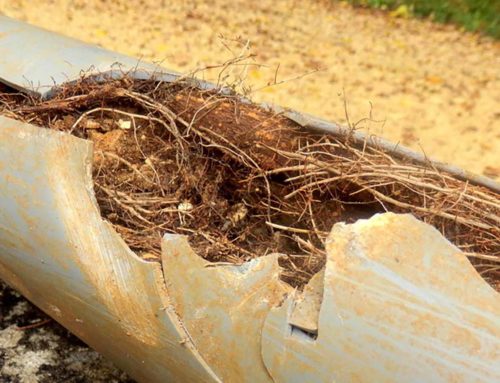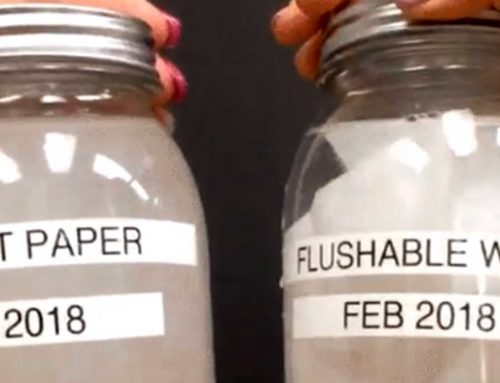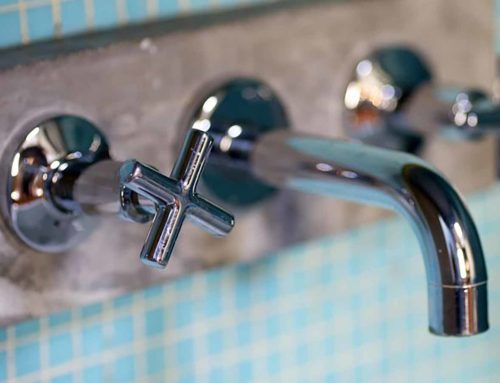It’s important to have knowledge surrounding the pipe layout underneath your house. This is especially relevant before any digging projects get started; especially if you plan on using a mechanical excavator.
The HSA Code of Practice highlights the risk of mechanical excavators and that they should not be used within 500mm of a gas distribution pipe.
Hitting a Gas Pipe can be Costly and Dangerous
Pure natural gas is odourless and colourless. An unpleasant odour is added to assist in the identification of gas leaks. The smell can be described as rotting eggs, or, sometimes.
If you detect any odours, especially during digging, the area must evacuated. All electrical and mechanical equipment should be immediately shut down to mitigate the risk of fire or explosion.
Before you Begin any Digging Project, Be sure you Tick all the Boxes
If you don’t know the layout of your pipes, do not dig. The Australian Pipelines & Gas Association can help provide you with the contact information you need.
Fix the Leaks
It is important to fix all leaks, as they could cause a potential fire explosion.
Minor gas leaks can affect vegetation, which often leads to the decline and death of grass or trees. Small animals and birds are especially sensitive to the toxic gases that are emitted from gas leaks.
If you must dig, we advise you to use tools such as shovels and spades, as these pose the lowest risk of striking and damaging a gas pipe
If you are in the need of assistance, contact Ruttley Services; we’re here to lend a helping hand.




